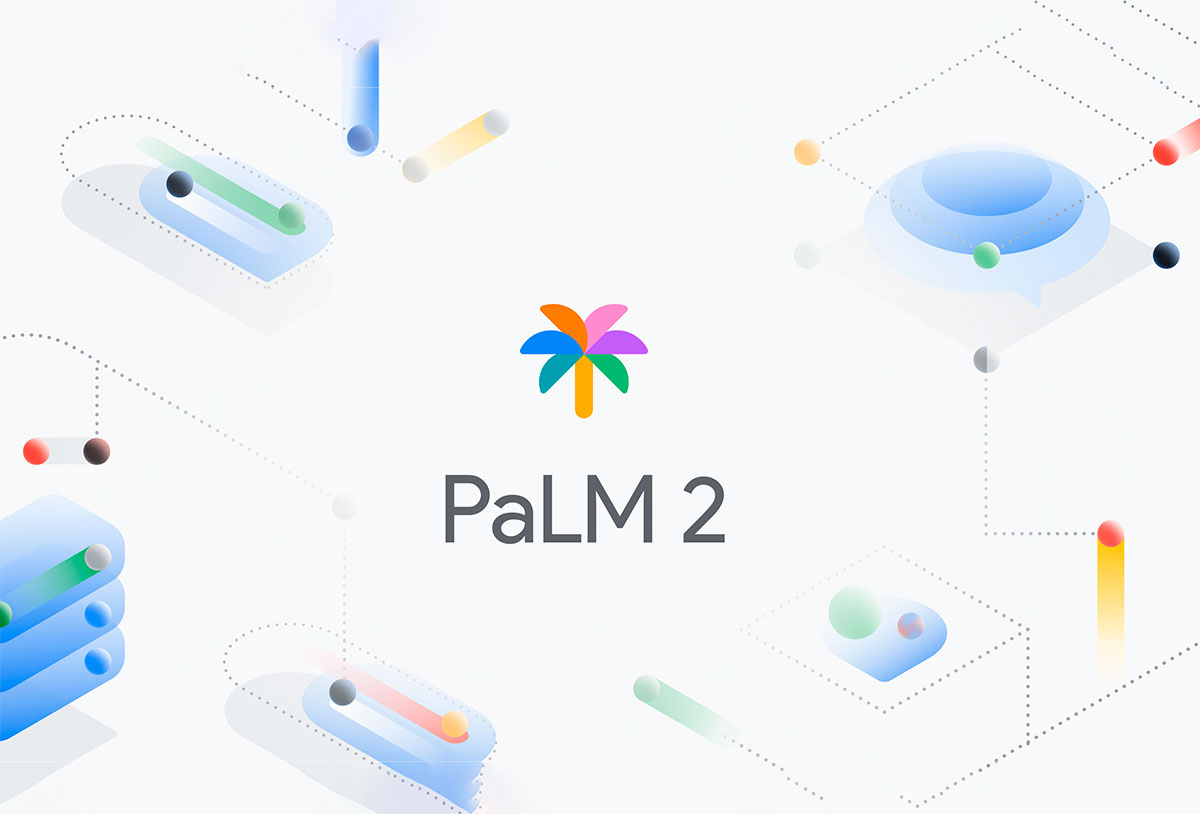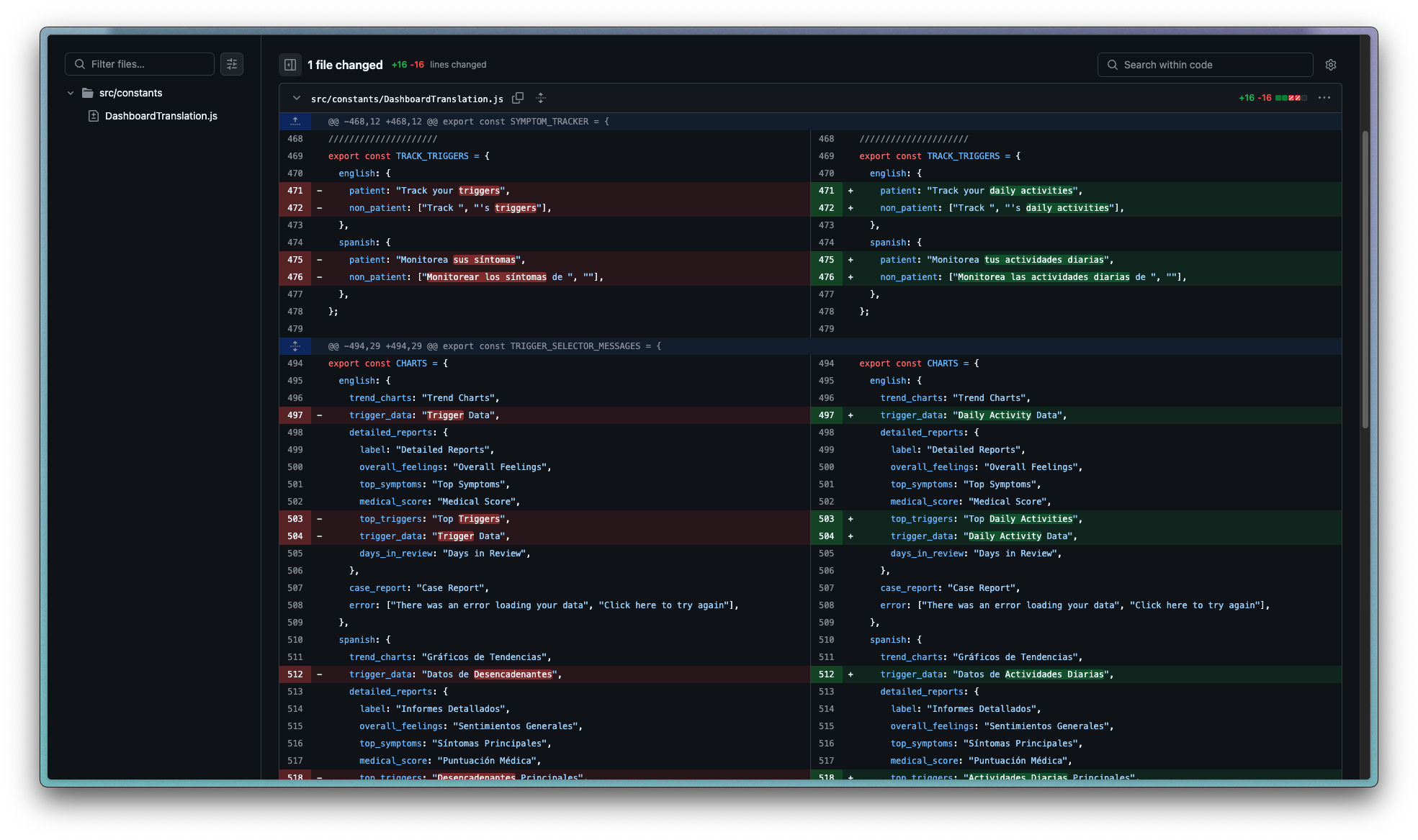.png)
Change
Only allow Therapists to message Providers.
Current Logic: Messaging permission checks are implemented in middleware.js. Right now, providers and caregivers can message each other if they share a patient. User roles are determined using the user_type field in the user_info table.
Implementation
New Logic: Update the sendMessageCheck2 middleware so that only user_type = 'Therapist' can send messages to user_type = 'provider'. Explicitly reject messages from user_type = 'patient' to user_type = 'provider'.
Drop Down Menu: When generating the recipient list for a patient, filter out user_type = 'provider'. Only include connected user_type = 'Therapist'.
Task Two: Research Google Med-Palm 2

Summary
Med-PaLM is a large language model developed by Google Research, specifically designed to provide high-quality answers to medical questions. The second version, Med-PaLM 2, is part of the MedLM family of foundation models fine-tuned for the healthcare industry and is available to Google Cloud customers for exploring a range of applications, from basic tasks to complex workflows.
Med-PaLM 2 has demonstrated significant advancements in medical question answering. It achieved an accuracy of 86.5% on the MedQA medical exam benchmark, surpassing the expert-level performance threshold. Additionally, it was the first AI system to reach a passing score on the MedMCQA dataset, which comprises Indian AIIMS and NEET medical examination questions, scoring 72.3%.
Google emphasizes the importance of safety, equity, and bias considerations in the development and deployment of Med-PaLM 2. The model has been evaluated against multiple criteria, including scientific consensus, medical reasoning, knowledge recall, bias, and likelihood of possible harm, with assessments conducted by clinicians and non-clinicians from diverse backgrounds.
Implementation
Clinical Decision Support: Med-PaLM 2 can provide clinicians with real-time insights, suggesting potential diagnoses, treatments, and relevant medical literature based on patient data.
Medical Question Answering: Healthcare professionals can use Med-PaLM 2 to quickly find answers to complex medical questions, accessing the latest research and evidence-based practices.
Patient Interaction: Med-PaLM 2 can be integrated into patient portals and telehealth platforms, providing patients with personalized information about their conditions and treatment plans.
Cloud-Based API: Med-PaLM 2 is typically accessed as a cloud-based service through an API, allowing developers to integrate it into various applications and platforms.
Client Libraries: Google provides client libraries in different programming languages to facilitate integration with Med-PaLM 2.
Task Three: Triggers to Daily Activites

Goal
Utilize Github or Visual Studio Code Copilot to update code efficiently.
This was the first test of using AI to edit and fix code.
Result
Visual Studio Code Copilot quickly replaced "Triggers" with "Daily Activities"
This allowed for the QA Checklist Brainstorm to continue.